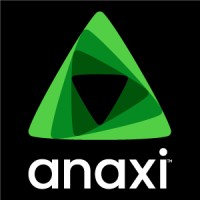
Anaxi
Anaxi is creating a destination where players can enjoy the excitement of real money gaming with confidence. It’s live, real and ready to entertain. Proudly part of the Aristocrat family, we create gaming experiences that exceed expectations for our customers, players and industry partners, every time. Driven by excellence We’re exploring the new frontier of gaming with courage, creativity and a commitment to do things right. Curious for innovation Our creative and visionary minds are dreaming big, translating imagination into innovation and fearlessly exploring what’s next. Visionary gameplay No matter where or how people connect, through Anaxi they’ll discover an immersive and interactive gaming experience that always entertains. Website: https://www.anaxi.com/






